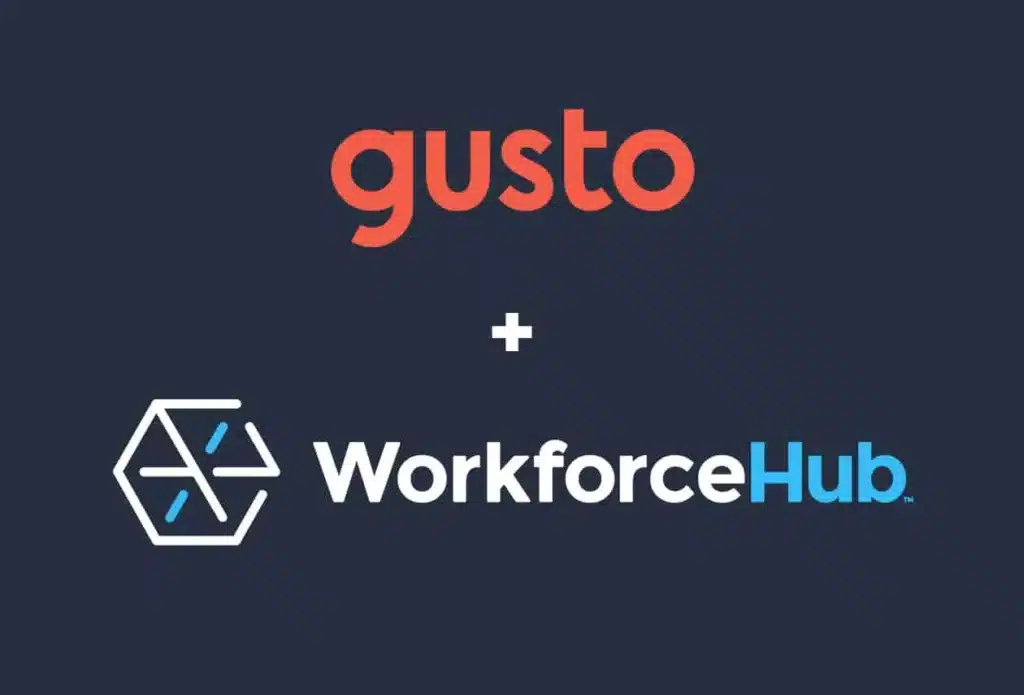Why Mobile Time Tracking is a Must For Food Trucks & Small Restaurants

Do you have a food truck business? Congratulations! Food truck businesses had 2.8-percent revenue growth in 2017 and 49 percent of industry experts surveyed believe they will increase in popularity. This is not surprising as our fellow Americans become even more mobile and dependent on speed and convenience.
Let’s talk about how time and attendance and scheduling is a must for food trucks and small restaurants. These two food and beverage businesses have a lot in common when it comes to managing employees.
Do you use manual time and attendance? How about spreadsheet scheduling? If you answered yes to both of these questions, I have another one for you: Do you use a rotary landline phone? I am going to go out on a limb and guess that you don’t. Using a phone that has only one function—making voice calls—would be woefully inadequate. Our smartphones have so many capabilities they shouldn’t even be called “phones” anymore. Making voice calls is just one of their many functions. We rarely consider that feature as their main purpose.
Using paper timesheets or Excel spreadsheets is limiting. Just as limiting as using a landline phone. Automating employee time and attendance and scheduling can transform your workforce management. This isn’t hyperbole.
What Is Automated Timekeeping and Scheduling?
Automated timekeeping and scheduling systems fall under the umbrella category of workforce management (WFM). The goal of workforce management is to optimize your human capital. Like our iPhones, WFM systems also have many more functions than the basic device on which they are based. For the purposes of this article, we are talking about systems with the following:
- Cloud-based
- Mobile time tracking with GPS
- Advanced scheduling
- Employee self-service
- Compliance tools
Why Cloud-Based Workforce Management is Crucial
Before cloud computing came into its own, time and attendance systems lived on the computers owned by the business. They were better than manual systems but were still limited. Employees couldn’t access them when they weren’t at the office. You had to use a specific type of computer. For example, many systems were PC based and couldn’t be accessed with an Apple Macintosh computer. (In Mac-dominant industries like graphic design, it was always a hassle. You couldn’t access a system from both types of computers.)
Your Office In Your Pocket
You need a cloud-based system for the same reason you need a mobile phone. It allows universal access. A cloud-based system is stored and maintained by your workforce management vendor. If you have used Google docs, you have used an application that lives in the cloud.
Cloud-based time and attendance systems don’t require a large up-front cost. They work like a subscription service. The employer pays the workforce management vendor each month. Many providers charge a fee per employee—like some payroll services. If you are using an outside payroll service, they may also be a time and attendance system vendor.
A fee-per-employee pay structure makes cloud-based systems affordable. Even for the smallest food service businesses.
Cloud-based systems can be accessed by any type of computer, tablet, or cell phone. If you have an employee with an iPhone and another with an Android, both can use the system.
Mobile Time Tracking and Scheduling
Cloud-based systems give you access. Mobile apps give you additional flexibility. Employees punch in from their phone. They use an online portal built into the system. A food truck driver can punch in on his phone from any location. A chef who picks up produce from the farmer’s market can track time from the road. A pizza delivery driver can check the schedule from anywhere. Whether or not he is at work. (He can also track his tips with the app.)
The GPS feature is very handy. The owner of four food trucks can verify where each truck is throughout the day. The drivers can use the GPS to navigate. Owners can use geo-fencing to restrict shift punch-ins to pre-defined geographical locations.
Some restaurant owners have problems with staff members forgetting to punch back in after a break. Intelligent clocks are “employee aware.” They only present logical punch options. If an employee attempted to clock out at the end of the day, she would be reminded that she didn’t punch back in after the break. She would correct that before punching out. The online time card would reflect the correction. Correcting time cards and paychecks is a hassle even with a small staff.
Advanced Food Service Scheduling
Comparing WFM scheduling to spreadsheet scheduling is like—you guessed it—comparing an iPhone to a rotary phone. You can save tons of time making schedules with the latest tools.
With WFM scheduling systems, you use industry schedule templates. Create the basic schedule and then adjust it as needed. After setting up one schedule, you never have to start from scratch again.
You can view several schedules at once. Restaurant owners can have a front-of-house and back-of-house schedule. Food truck owners can schedule per truck or season.
The notifications feature is also pretty slick. You set notifications for anything you need. Overtime, shift conflicts, or food-handler’s permit expirations. Set a reminder for the week your top driver is on vacation. Create a notification for truck maintenance appointments.
Employee Self-Service
An employee self-service portal allows employees to access all of their information. They can check their schedule. They can verify their time card. Online shift trade boards let employees trade shifts on their own. The business owner has enough to do already. Let employees self-manage. They are motivated, capable, and appreciate the empowerment. It also creates more accountability. Better communication relieves confusion which improves employee morale. (And owner morale for that matter!)
Job Coding
Job coding lets food truck owners track time per account. Suppose one of your trucks is at a private event and another is serving the lunch crowd at an office building. Easily separate your costs and employee hours.
Compliance
Labor law compliance is essential for any size restaurant or mobile business. Automated time and attendance simplifies compliance. It is especially helpful if you have employees who are paid minimum wage. Incorrectly tracking employee hours can cause you to violate minimum wage laws without even knowing it. They also have tools that help track seasonal workers. Fair scheduling laws are gaining traction around the country. If you are subject to one, use WFM to protect yourself from costly fines.
Grow Your Food Service Business
Successful restaurant and food truck owners embrace WFM designed for the food service industry. An employee time and attendance system ensures that inefficient employee management won’t hold you back.
Simplify HR management today.
Simplify HR management today.
Gusto + WorkforceHub Timekeeping: A Match Made in Heaven
Manage your workforce efficiently with the time-tracking solution you need and data that syncs with your payroll platform. If you currently use Gusto, a cloud-based payroll, benefits and human resource management system, you may be looking for something to manage time and labor. After all, failing to track employee hours can put your business in…
Read MoreThe Importance of Facial Recognition Time Clocks for Small Businesses
Updated April 17, 2024 A facial recognition time clock is no longer a luxury. Advanced biometric clocks are a must-have for today’s workplaces. A facial recognition time clock is the best technology for tracking employee time. It solves a multitude of problems employers are facing with their workforces. What is a Facial Recognition Time Clock?…
Read More





